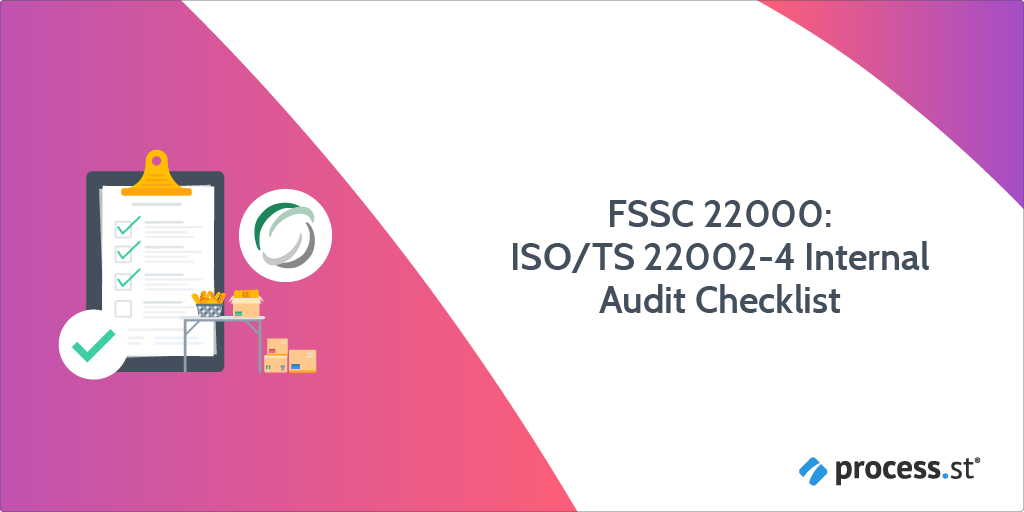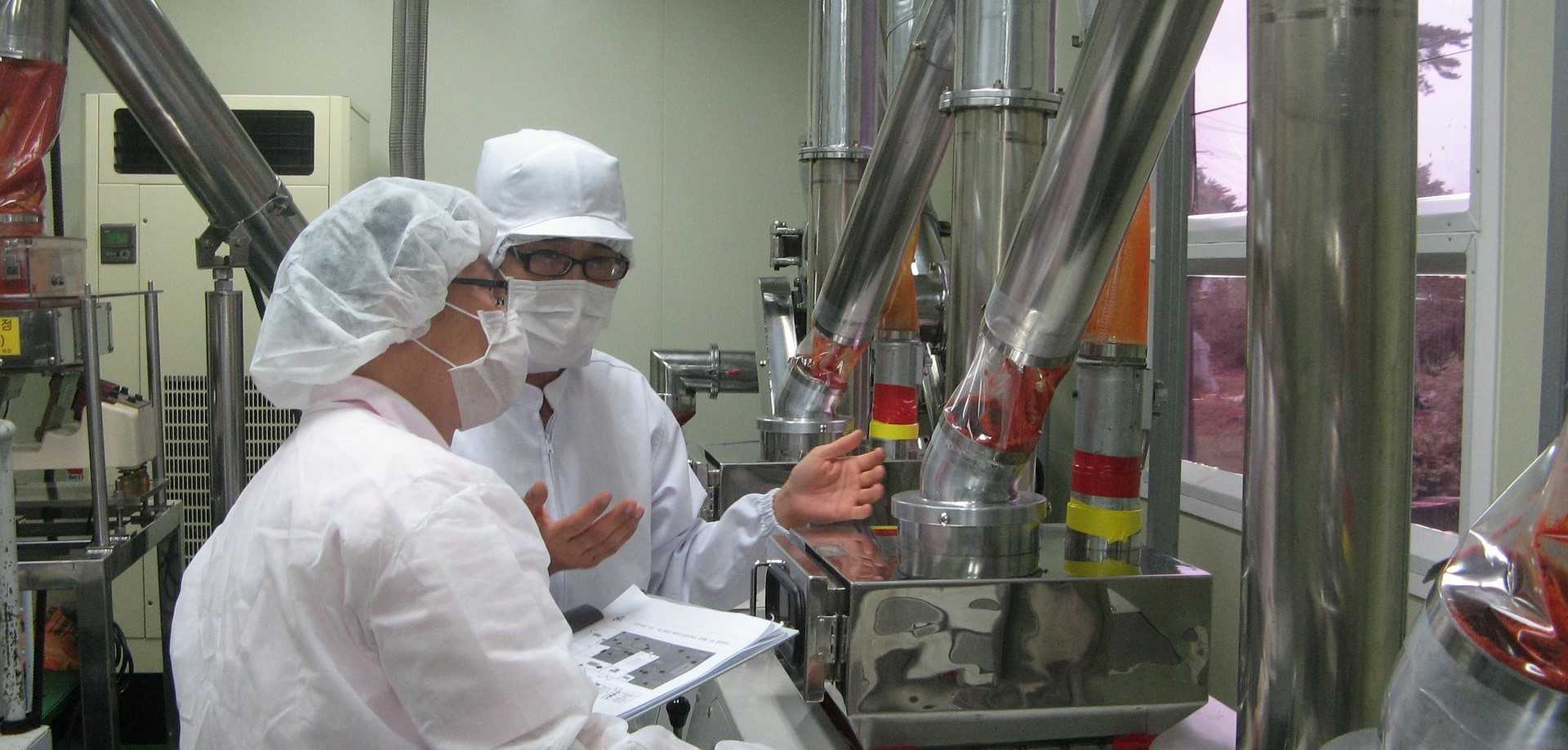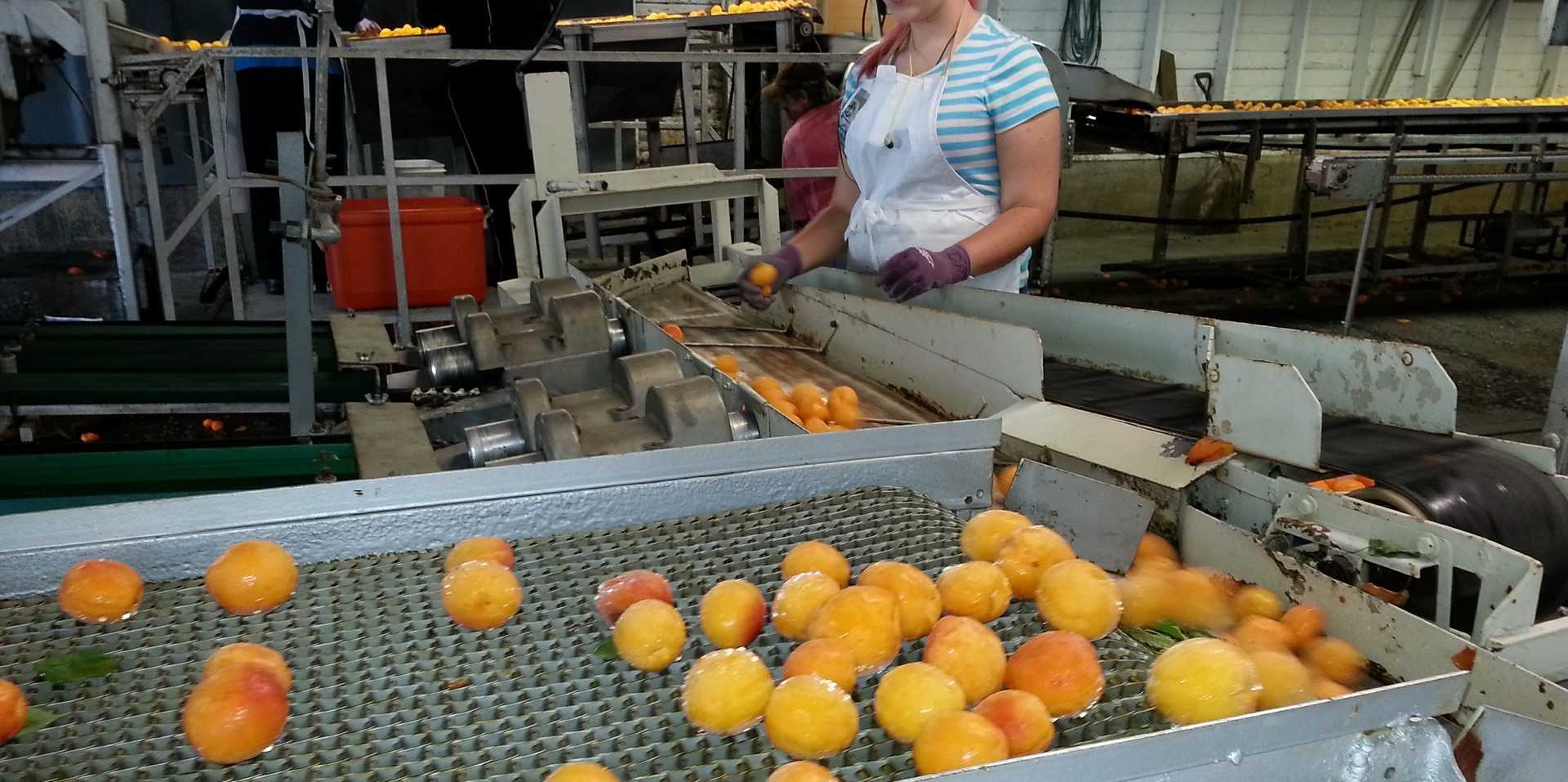The Foundation for Food Safety Certification 22000 (FSSC 22000) is a company-level certification that helps organizations ensure the supply of safe food and beverages.
The scheme uses international and independent standards such as ISO 22000, ISO 9001, ISO/TS 22003, and technical specifications for sector-specific Pre-Requisite Programs (PRPs), such as ISO/TS 22002-4.
This Process Street checklist is designed to help you successfully implement all of the measures necessary to satisfy this particular PRP program, which is essential for gaining FSSC 22000 certification if you are are a food packaging manufacturer.
The checklist will cover the following areas:
- Construction & layout of buildings
- Premises workspace
- Utilities (air, water, energy)
- Waste disposal
- Equipment, cleaning & maintenance
- Purchased materials
- Prevention of cross-contamination
- Cleaning & sanitizing
- Pest control
- Personnel hygiene
- Rework
- Product recall procedures
- Storage and transport
- Packaging information & consumer communication
It should be noted that ISO 22000 identifies areas and programs that must be considered during the development of PRPs (listed above). However, the standard leaves the responsibility for developing the details of the program to the organization; it does not give specific requirements for the pest control program, it asks you as the organization to determine what is appropriate for your organization.
Bearing in mind that not every requirement is clearly stated, it is essential for your team to be incredibly diligent during the internal audit process to put your company in the best position possible for gaining certification when a licensed third-party certifying body conducts the external audit and scheduled audits thereafter.
A little info about Process Street
Process Street is superpowered checklists. By using our software to document your processes, you are instantly creating an actionable workflow in which tasks can be assigned to team members, automated, and monitored in real-time to ensure they are being executed as intended, each and every time.
The point is to minimize human error, increase accountability, and provide employees with all of the tools and information necessary to complete their tasks as effectively as possible.










